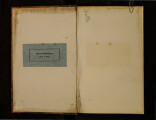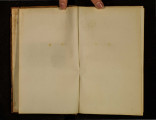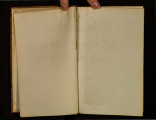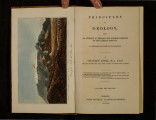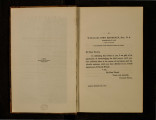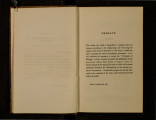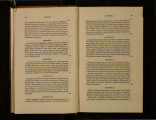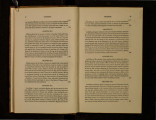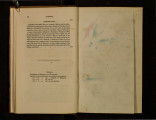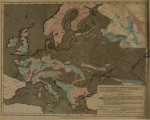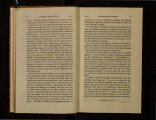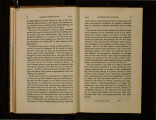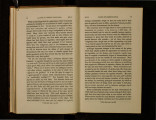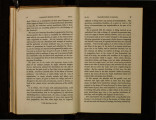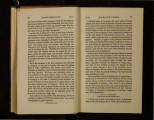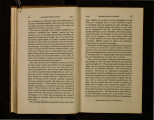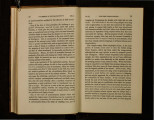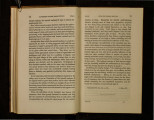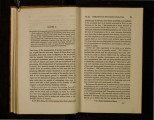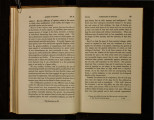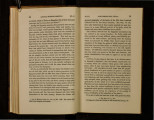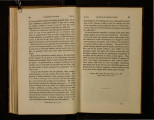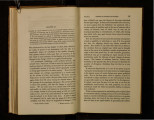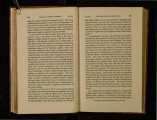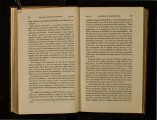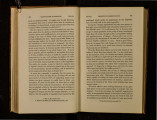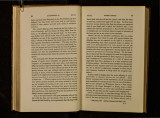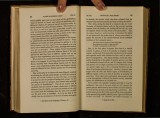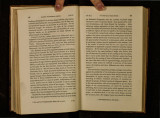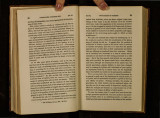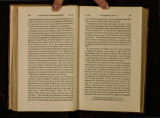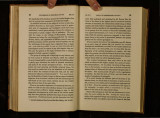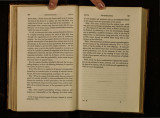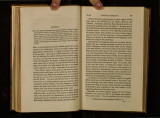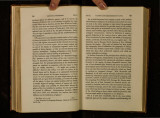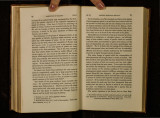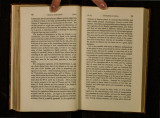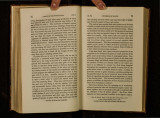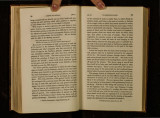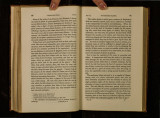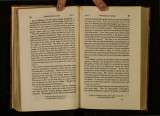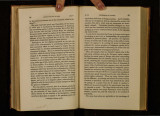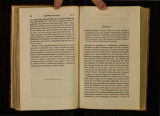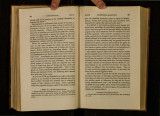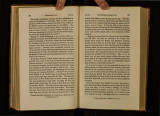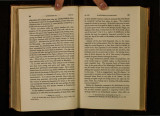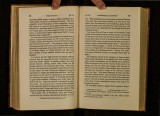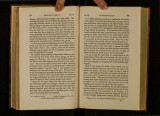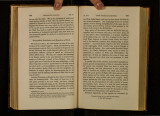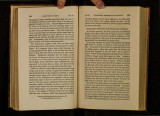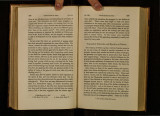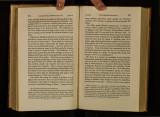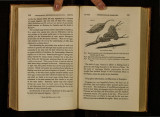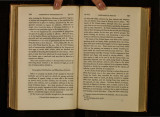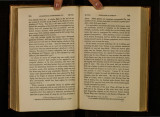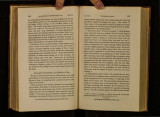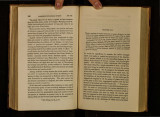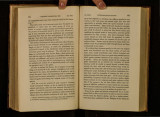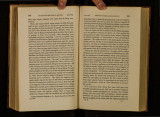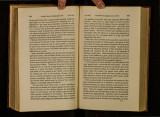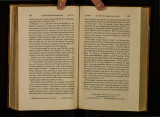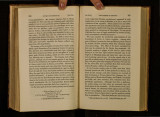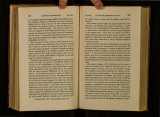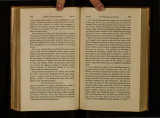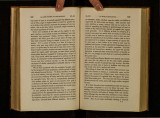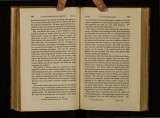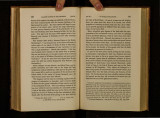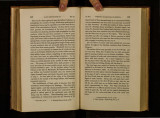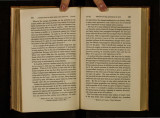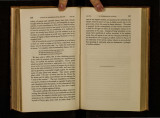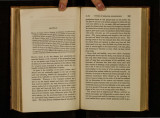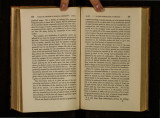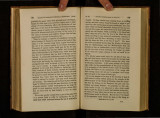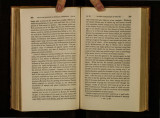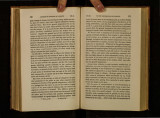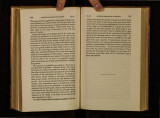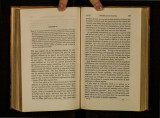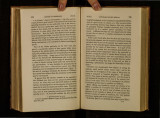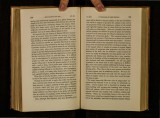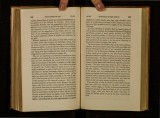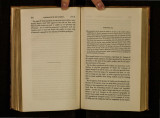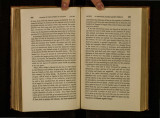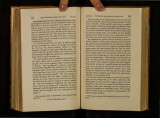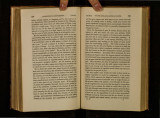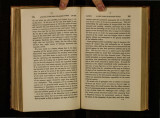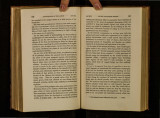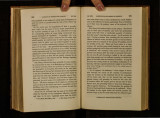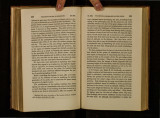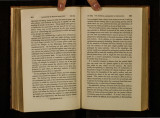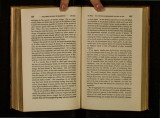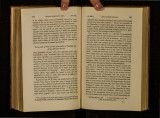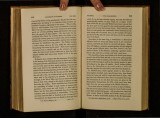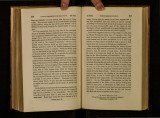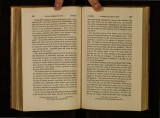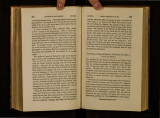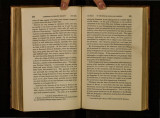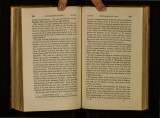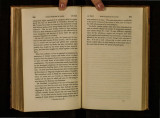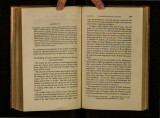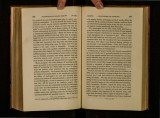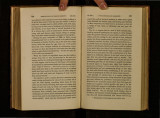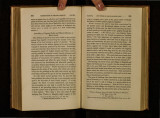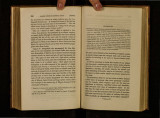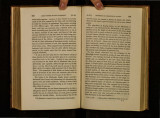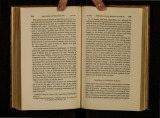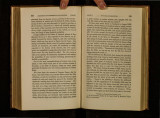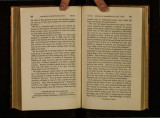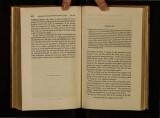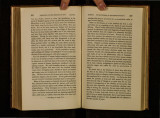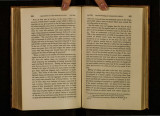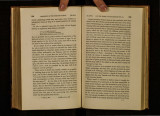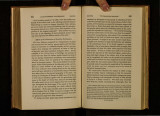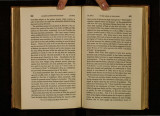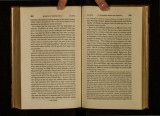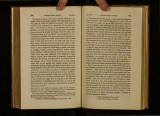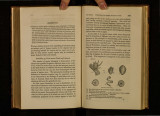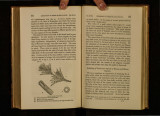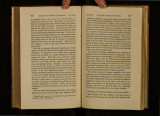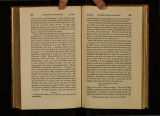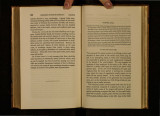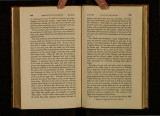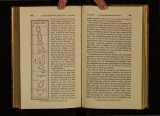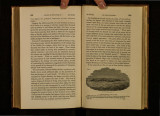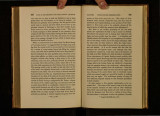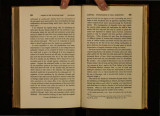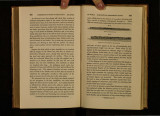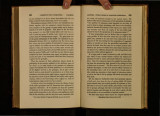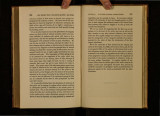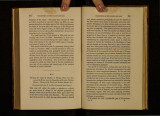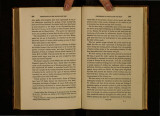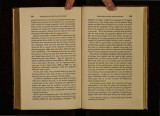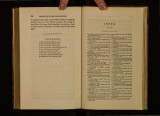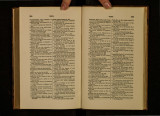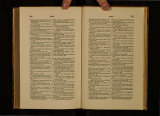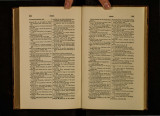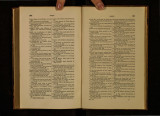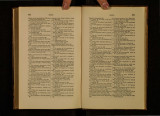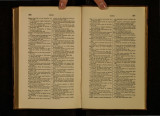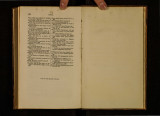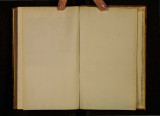| OCR Text |
Show PRESF.RVATION 011 ORGANIC REMAINS (Ch. XlV. up in fissures, there appears to have been usually a sliding in of all the loose matter which lay upon the surface, so that, in such rents, we might look for rolled pebbles, mud, sand, angular fragments of rocks, ruins of buildings, and skeletons of men and animals, at the depth often of several hundreds of feet. It is obvious that a suite of subterranean caverns, communicatin()' with such fissures, might become wholly, or partially, fillcd 0 with these various materials confusedly mixed together. During the great earthquake of 1693, in Sicily, several thousand people were at once entombed in the ruins of cavems in limestone, at Sortino Vecchio; and, at the same time, a large stream, which had issued for ages from one of the grottos below that town, changed suddenly its subterranean course, and came out from the mouth of a cave lower down the valley, where no water had previously flowed. To this new point the ancient mills were transferred. When the courses of engulphed rivers are thus liable to change, from time to time, by alterations in the levels of a country, and by the rending and shattering of mountain masses, we must suppose that the dens of wild beasts will sometimes be inundated by subterranean floods, and their carcasses buried under heaps of alluvium. The bones, moreover, of individuals which have died in the recesses of caves, or of animals which have been carried in for prey' may be drifted along and mixed up with mud, sand, and fragments of rock, so as to form osseous breccias. · Nor should we omit to mention the havoc committed on low coasts, during earthquakes, by waves of the sea which roll in upon the land, bearing everything before them, for many miles into the interi~r throwing down upon the surface great heaps of sand and rock, by which the remains of drowned animals may be overwhelmed. Many of the storms, termed hurricanes, have evidently been connected with submarine earthquakes, as is shown by the atmospheric phenomena attendant on them, and by the sounds heard in the ground, and the odours emitted. Such were th~ circumstances which accom- Ch. XIV.] IN ALT. UVIUI\IS AND LANDSLIPS. panied t?e swell of the sea in Jamaica, in 1780, when a great wave desolated the west et· n coas t , an d b urst·m g upon Savanna la Ma~·, swept away the whole town in an instant, so that not a vest1ge of man, beast, or habitation, was seen upon the surface*· . Now let us s~ppose that in a tract of land constantly inhabited by terrestnal. quadrupeds, the species are thrice changed under the gradual mfluence of causes before considered in this volume} and that, during the first and last of these zooloO'ical ~po~hs, the district remains entirely free from earthquakes~ but JS vwlently convulsed by them during the intermediate era,we should expect, for reasons above considered, that the fossil remains of quadrupeds, buried in alluvium} would be confined to one period only, viz., that of the subterranean movements. If the series of shocks should happen not to have occupied the whole of the second epoch, but only a small portion of it, there might be no indication whatever, in the fossil relics, of a passage from one state of the organic world to another. The transiti~~ would appear abrupt; and they who, for the sake of econom1zmg past time, do not hesitate to magnify the energies of natural agents in by-gone ages, might then imagine one paroxysmal earthquake to have caused all the fissures, caverns, and depressions, and one accompanying deluge to have filled the whole with alluvial matter, annihilating, at the same time, the race of quadrupeds of which the bones remain interred. But although we conceive that, in a countt·y entirely free from subterranean movements, a long succession of ages might pass away without any permanent monuments bein()' left in alluvi'ttm of ~he terrestrial animals which have lived :lpon the surface, yet It appears scarcely possible that man if he has made considerable progress in civilization, should f:a to leave some lasti~g signs of the works of his hands, to testify his former existence. We are informed by M. Boblaye, that in the M~rea, the formation termed ceramique, consisting of pot-tery , til es, an d b n·c I < :s, I· ntermi·x ed w·i th van.o us works of art, * Edwards1 Hist. of West Indies, vol. i., p. 2351 Ed. 1801 1 |



